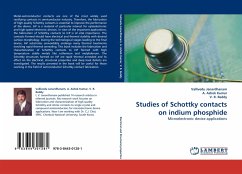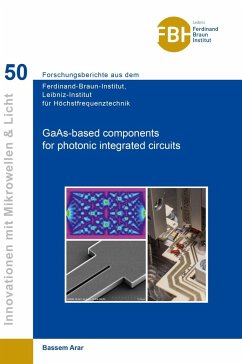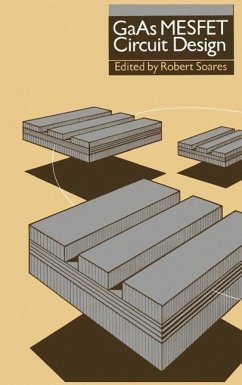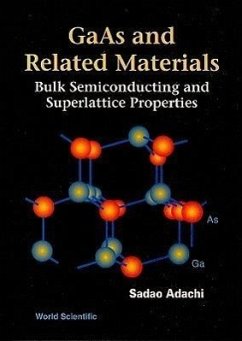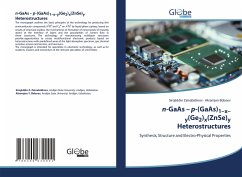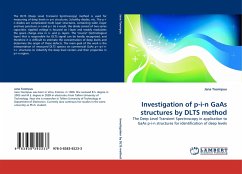
Investigation of p-i-n GaAs structures by DLTS method
The Deep Level Transient Spectroscopy in application to GaAs p-i-n structures for identification of deep levels
Versandkostenfrei!
Versandfertig in 6-10 Tagen
39,99 €
inkl. MwSt.

PAYBACK Punkte
20 °P sammeln!
The DLTS (Deep Level Transient Sprctroscopy) method is used for measuring of deep levels in p-n structures, Schottky diodes, etc. The p-i-n diodes are complicated multi layer structures, containing wide i-layer and two junctions: n-i and p-i. As a result, the diode consist of two series capacities. Applied voltage is focused on i-layer and weakly modulates the space charge area in n- and p- layers. The "source" (technological layer) that is responsible for DLTS signal can be hardly recognized, and therefore it is difficult to estimate the concentration of deep levels and determine the origin o...
The DLTS (Deep Level Transient Sprctroscopy) method is used for measuring of deep levels in p-n structures, Schottky diodes, etc. The p-i-n diodes are complicated multi layer structures, containing wide i-layer and two junctions: n-i and p-i. As a result, the diode consist of two series capacities. Applied voltage is focused on i-layer and weakly modulates the space charge area in n- and p- layers. The "source" (technological layer) that is responsible for DLTS signal can be hardly recognized, and therefore it is difficult to estimate the concentration of deep levels and determine the origin of these defects. The main goal of the work is the interpretation of measured DLTS spectra on commercial GaAs p+-p-i-n-n+ structures to indentify the deep level centers and their properties in p-i-n region.



